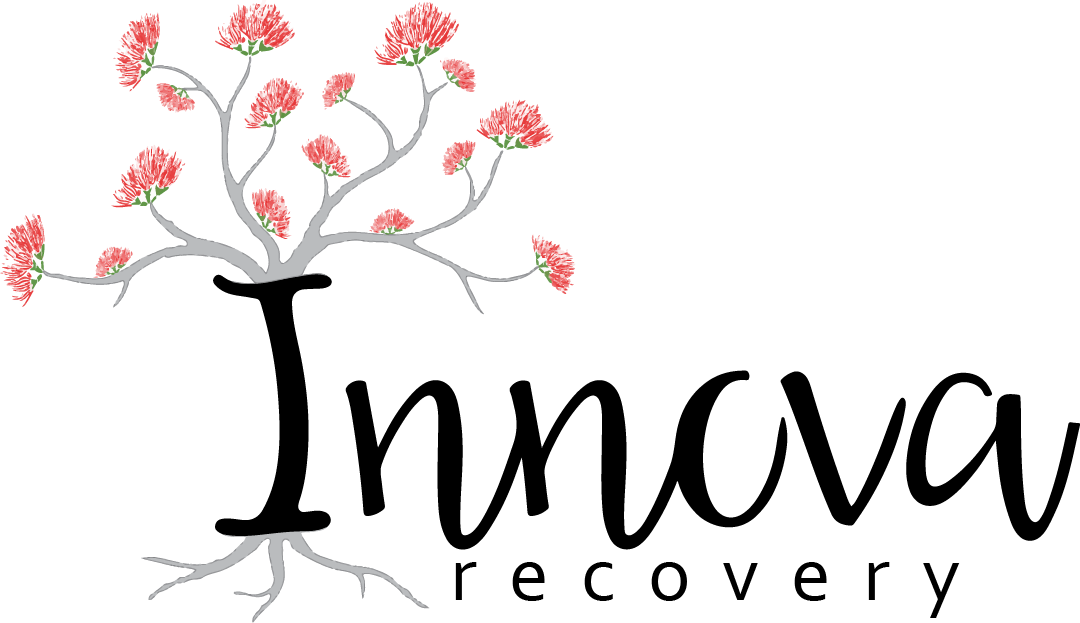We often think of clutter as a simple organizational problem: too much stuff, not enough space. But for many people, the way we acquire, keep, or discard things reflects deeper emotional and neurological patterns. Whether you tend to purge impulsively, hold on tightly, buy too much, or shuffle your piles around, your brain is trying, in its own way, to protect and regulate you.
Below are four common behavior patterns that appear across ADHD, OCD, anxiety, and trauma responses, along with the brain chemistry that drives them.
1. Impulsive Discarding
“I just need everything gone.”
This happens when someone gets overwhelmed by visual chaos or emotional clutter and reacts by throwing things away rapidly, sometimes even things they later regret losing.
Why It Happens
Impulsive discarding can bring instant relief. For those with ADHD, it can feel like reclaiming control when the brain is flooded by stimuli. For people with anxiety or trauma histories, it offers a burst of certainty in a moment of chaos. For some with OCD traits, it can temporarily quiet the inner critic demanding order or perfection.
The Brain Behind It
- Prefrontal Cortex: underactive, making it hard to plan or inhibit impulses.
- Amygdala: overactive, sending distress signals that demand immediate action.
- Dopamine: spikes when you act quickly (“relief rush”).
- Cortisol: stress hormone drives the urgency to “fix” the environment fast.
In short: impulsive discarding isn’t just poor planning; it’s the brain’s attempt to self-soothe through action.
2. Difficulty Discarding
“What if I need it later?”
This is the opposite end of the spectrum. It’s not laziness or messiness; it’s often fear-based attachment. The item may represent comfort, memory, or security.
Why It Happens
For someone with OCD, it’s often tied to fear of making the “wrong” choice or guilt over letting go. For those with trauma, holding onto objects can feel like holding onto safety, stability, or a sense of identity. For anxious individuals, the act of discarding can feel like losing control.
The Brain Behind It
- Anterior Cingulate Cortex (ACC): lights up when we experience conflict or potential “loss”, discarding literally hurts.
- Insula: processes emotional pain and disgust; activates when imagining letting go.
- Serotonin: low levels increase rigidity and rumination.
- Oxytocin: strengthens emotional bonds, even to inanimate things.
In short: the brain treats discarding as danger, not decluttering.
3. Excessive Acquisition
“I just need one more.”
Shopping, collecting, “stocking up,” or picking up freebies can all trigger a dopamine reward loop. For someone with ADHD, that novelty-seeking system is especially sensitive. For someone coping with anxiety, depression, or trauma, acquiring things can briefly replace emptiness or fear with comfort.
Why It Happens
The brain releases dopamine before we get the thing — it’s the anticipation, not the ownership, that feels good. Over time, that reward system learns to crave more stimulation just to feel normal.
The Brain Behind It
- Mesolimbic Dopamine Pathway (VTA → Nucleus Accumbens): drives reward-seeking and novelty craving.
- Low Serotonin: reduces impulse control and patience.
- Endorphins: create a “soothing” post-purchase calm.
- Cortisol: chronic stress primes us to acquire for comfort.
In short: the brain says “buy now, feel safe later”, but the safety doesn’t last.
4. “Doom Piles” — Moves but Doesn’t Organize
“I’m not messy, I just have a system… somewhere.”
Doom piles are the stacks of stuff that travel from one surface to another. You might move things from the bed to the chair to the counter, promising yourself you’ll “deal with it later.” You are moving, but not resolving, because your brain is overloaded.
Why It Happens
In ADHD, the brain struggles to prioritize and sustain focus as sorting requires many micro-decisions. For those with trauma or anxiety, these piles may represent avoided emotions or unprocessed memories. You move the pile, but the weight stays.
The Brain Behind It
- Prefrontal Cortex: underactive, causing poor sequencing and organization.
- Anterior Cingulate Cortex: hyper-alert, constantly flagging “errors.”
- Low Dopamine: makes initiating and finishing tasks feel nearly impossible.
- Default Mode Network (DMN): overactive rumination replaces action with thinking.
In short: doom piles are not laziness; they are cognitive overload wearing a disguise of activity.
The Cycle of Stuff
Many people cycle through all four behaviors:
Acquire → Overwhelm → Doom Piles → Impulsive Purge → Regret → Reacquire
Each step temporarily regulates emotion or neurochemistry, but doesn’t resolve the root cause: an overtaxed nervous system searching for relief.
Healing the Cycle
The key is self-awareness without shame. These patterns don’t mean you’re lazy or broken; they mean your brain is working overtime to protect you.
Here are small, neuroscience-aligned steps to break the cycle:
- Pause before purging or purchasing. Let the stress chemical (cortisol) settle before acting.
- Regulate before deciding. Try deep breathing, movement, or sensory grounding.
- Set micro-goals. One drawer or one pile is enough. The prefrontal cortex builds momentum through small wins.
- Notice emotion, not just clutter. Ask: “What am I feeling right now?” not “What’s wrong with my house?”
- Reframe progress. Organization is not perfection; it’s a form of self-compassion.
Final Thoughts
Our environments mirror our inner worlds. For people with ADHD, OCD, anxiety, or trauma, clutter is rarely about laziness — it’s about neurobiology meeting emotion. When we understand the brain’s wiring, we can replace shame with curiosity, and chaos with calm.
If your relationship with “stuff” feels overwhelming, you’re not alone. At Innova Recovery Center, we help people understand how trauma and neurobiology influence their daily lives, from emotional regulation to the environments they inhabit. Our therapists use evidence-based approaches like EMDR, CBT, and DBT to support your healing from within. Reach out to us today at (210) 254-3618 to start cultivating the calm and clarity your mind deserves.










